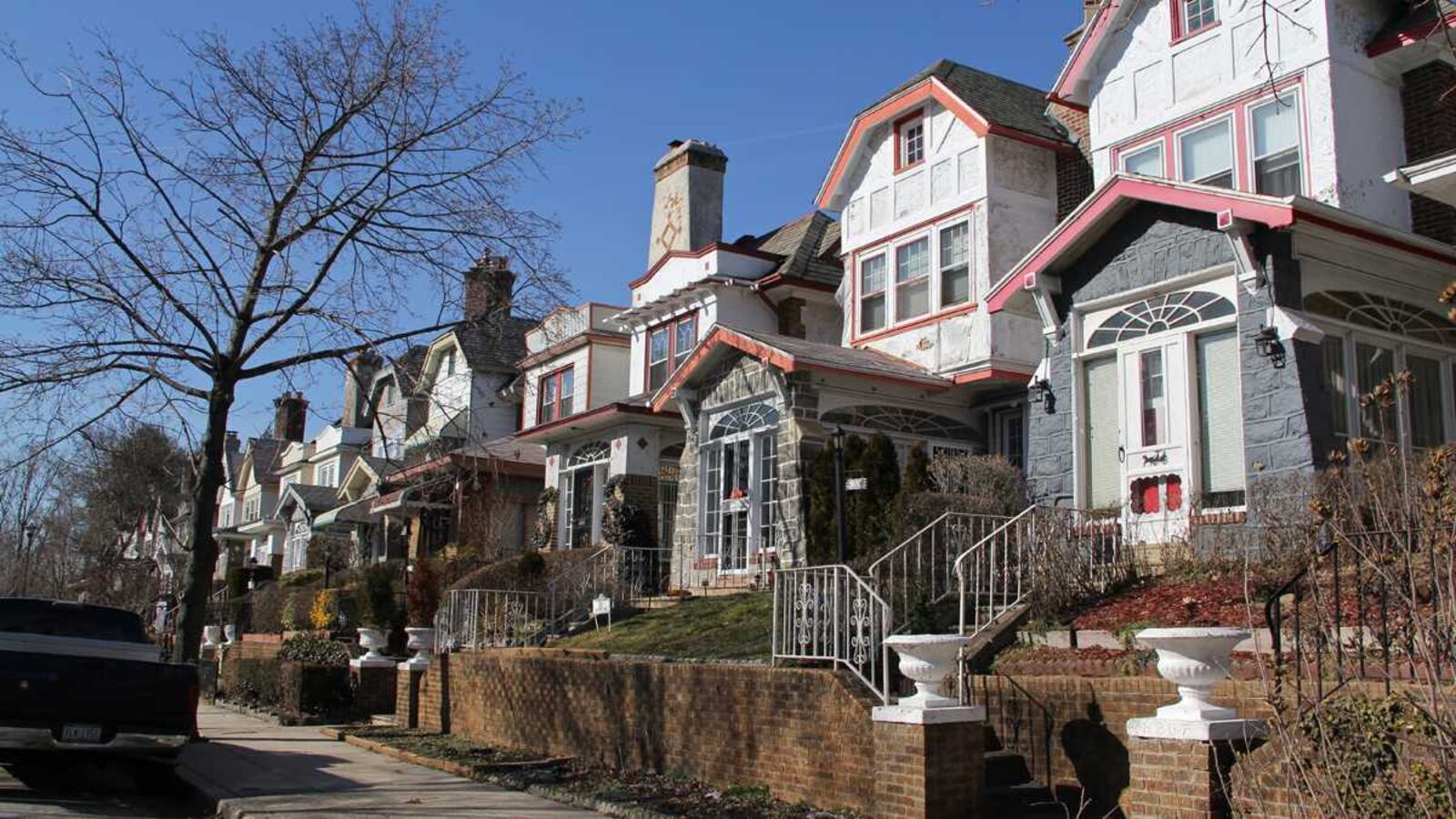This article was originally published in The Notebook. In August 2020, The Notebook became Chalkbeat Philadelphia.
At first glance, the Philadelphia neighborhoods in zip codes 19148 and 19120 might seem to have little in common.
The 19120 zip code is on the northern edge of the city, bordering Cheltenham Township and including parts of the Olney, East Oak Lane, and Lawncrest neighborhoods.
The 19148 zip code is along the Delaware River in Southeast Philadelphia, just below the Pennsport neighborhood and bisected by Interstate 76 before the highway links to the Walt Whitman Bridge.
But these two areas both have a shortage of behavioral health services, according to a new study comparing the availability of such services to the need for them.
The study, called “Place Matters,” uses sophisticated mapping techniques to identify neighborhoods that are likely to be underserved by mental health providers, particularly those serving young children.
“Traditional services aren’t always located where the kids need them to be,” said Joe Pyle, president of the Thomas Scattergood Behavioral Health Foundation, one of the sponsoring agencies of the study.
The others are the Drexel University Dornsife School of Public Health and the city’s Department of Behavioral Health and Intellectual Disability Services (DBHIDS).
“Increasingly, we are recognizing that where people live makes a real difference in their health status,” said Arthur Evans, outgoing commissioner of the city department.
“Zip code is a better predictor of health status than the genetic code.”
The study was designed to identify the areas of greatest need for children’s services “based on indicators of poverty, low education, unemployment, exposure to crime and adverse childhood experiences.”
Evans said he hoped that in future years, using more sophisticated population health data would lead the city to make smarter decisions on where to locate behavioral health facilities, school-based mental health programs, and other community assets such as libraries, playgrounds, recreation centers, and physical health providers.
The study’s lead researcher, former Drexel graduate student Quan Truong, combined existing data in several areas.
“We took a lot of available data and tried to make sense of it all,” said Truong, who is now with the Palo Alto Medical Foundation Research Institute.
This data included:
- Crime, poverty and unemployment figures.
- Medicaid claim data from DBHIDS.
- Education levels.
- The landmark Adverse Childhood Experiences (ACE) study, expanded for Philadelphia in 2013, with a follow-up survey of 1,784 residents by the Public Health Management Corp.
The follow-up survey explored traumatic childhood experiences, including witnessing violence, feeling discrimination, experiencing bullying, and feeling unsafe in the neighborhood.
In the report, Truong quoted national estimates that half of all lifetime cases of mental illness begin by age 14 and research that links low socioeconomic status with poor mental health in children.
And she cited research indicating that the farther a child is located from a medical facility, the less chance he or she will receive needed preventive care.
The study created a risk factor analysis combining poverty, unemployment, lack of education, exposure to violence, and other traumatic experiences and correlating these with a person’s mental health status.
It also factored in two components of resiliency: perceived community support and access to clinical care.
In addition to discrepancies among zip codes, the survey indicated considerable unmet need citywide for mental health services.
“Of Philadelphia’s 46 zip codes, 39 fall below the national average for need,” the report stated.
With about 272,000 children in Philadelphia under age 17 who are Medicaid-eligible, the report estimated, there are more than 54,000 children “who may be in need of mental and behavioral health treatment within the Community Behavioral Health network. The current network served approximately 33,700 children in 2015.”
In the 19148 and 19120 zip codes alone, the report stated, “There may be roughly 2,971 children … who may be in need of services and are currently not getting services.”
Both Evans and Pyle said that the report was only the first step in helping the city take a population-health approach to mental health needs.
Both the foundation and DBHIDS say they are committed to moving from a zip code approach to a more detailed census-tract approach.
Researchers will also look at factors such as stigma, cultural competence, quality of care, and their influence on care utilization.
Evans also stressed the importance of keeping the database current, because gentrification and other changes can quickly alter an area’s level of need.
The report expressed the hope that in the future, “decisions driven by evidence and data, rather than instinct, would ensure a thoughtful approach to meeting the city’s needs.”
This story is part of a continuing series by the Notebook on student behavioral health, with support from the van Ameringen Foundation. Contact reporter Paul Jablow @Paulj1940 with your ideas and feedback. He would like to hear about your experiences with the system: where it has succeeded, where it needs improvement, and what you would like to read more about on this topic.

